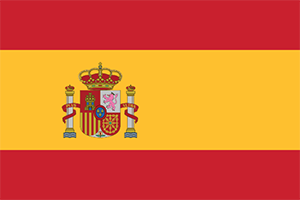Cultivating a local educational community
About:
The ‘A school, a village, an educational community’ initiative is located in the rural agricultural community of Alpartir (population: 600), around a small primary school with 41 learners (aged 3–12, 30% are not Spanish) and five teachers.
The initiative aims for full inclusion, involving the whole community in the children’s education. Specifically, it aims to instigate educational strategies that contribute to overcoming inequalities and promoting social cohesion by attending to key elements, such as grouping learners and ensuring family participation.
Professionals (teachers), families and learners are all ‘social agents’ alongside the educational community (i.e. the city council, village associations and the entire population of the area). All are involved as ‘key contributors’ and have different but equally important qualities/skills to bring. Various approaches are used to enable participation, such as:
- increasing awareness of vulnerable members of the community;
- participation of all in decision-making and budget discussions;
- evaluating educational activities;
- particular attention to gender inequalities, by promoting participation of all women (parents and community) in activities with school children;
- everyone taking part in learning activities, in school and beyond school;
- sending out questionnaires for learners and families;
- creation of a centre blog open to learner and family participation;
- technology training for learners and families;
- conflict prevention initiatives from learners.
Outcomes:
The initiative has enabled learners and other education stakeholders to act as agents for change. The innovative practice has been recognised at federal level with an award. The model has been extended to other rural communities in Spain. Information and practices are shared in a variety of ways with other rural areas, including through training opportunities.
Key element(s) of the VIA Framework:
This local initiative reflects SPACE and VOICE in particular. Stakeholders within the school and wider community are empowered to participate in and contribute to education-related discussions. This requires significant co-ordination across different bodies, including the school, the city council and the village associations.
Learn more:
- Report: ‘A school, a village, an educational community’ (in Spanish)
- Education blogs (in Spanish)
- News article: El CEIP Ramón y Cajal de Alpartir vencedor del I Foro Interescolar “Más Frutas de Aragón” y mención especial al CEIP Los Albares de La Puebla de Alfindén (in Spanish)
WATCH: ‘Alpartir, otra manera de aprender y vivir’ (in Spanish)
